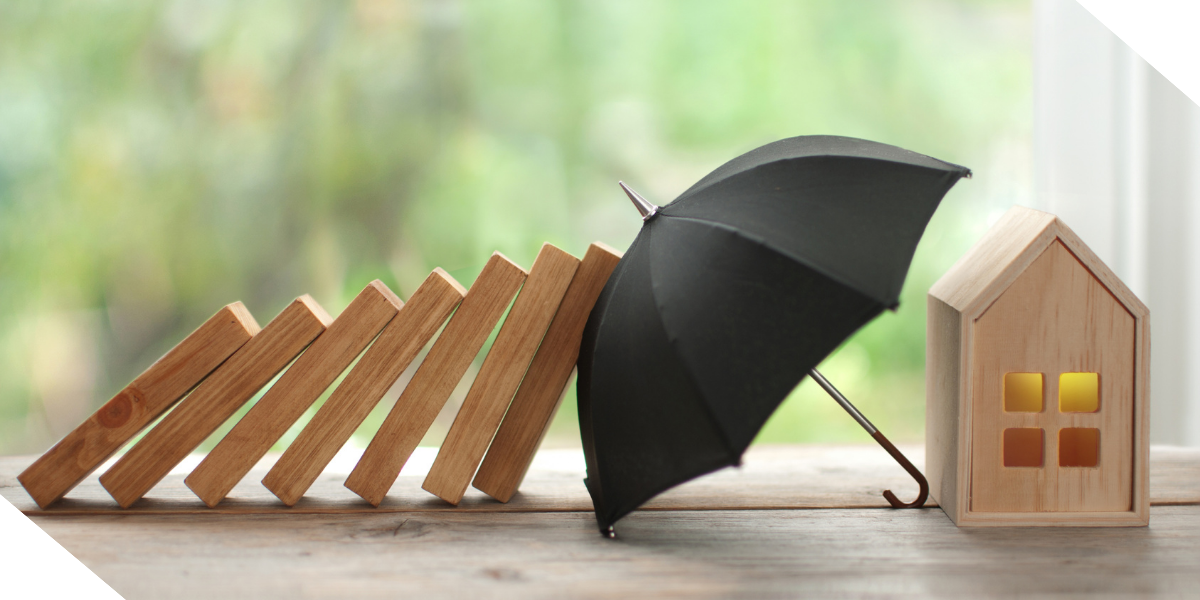
Hacking the Rising Cost of Hazard Insurance in Fix-and-Flip Real Estate Investments
Imagine this: You've just secured a promising property in a rapidly growing neighborhood. The renovations are on point, the market is hot, and you're ready to flip a property for a healthy profit. But just as you start feeling confident about your upcoming sale, you hit a snag—hazard insurance. It's not just any snag; it's a significant hurdle that could impact your profit margin and even your ability to sell the property quickly.
If this scenario sounds familiar, you're not alone. A growing number of real estate investors (REIs) are finding that the cost and availability of hazard insurance—an unavoidable necessity—are becoming major obstacles in the fix-and-flip real estate business, especially in disaster-prone areas like Southern California, Florida, and parts of Texas.
In the last six months, nearly half of real estate investors nationwide reported that hazard insurance issues have affected their acquisitions (48%) and sales (46%), according to a recent 2Q24 Fix and Flip Survey from John Burns Research and Consulting. And in regions like Florida and Southern California, the situation is even more dire, with over 70% of flippers expressing concerns.
Before steering clear of these lucrative markets entirely, REIs can consider a few strategies that can help navigate and even mitigate the impact of rising insurance costs on their real estate investment businesses.
1. Understand the Local Insurance Landscape
Do your homework. If flipping in a disaster-prone area, whether it's wildfires in California or hurricanes in Florida, it's crucial to understand the specific insurance risks associated with that location. Before acquiring a property, research the local hazard insurance market. This includes getting quotes from multiple insurance brokers to understand the range of premiums you might be facing.
For example, California has distinct zones with varying wildfire risks. Properties in high-risk areas may only be insurable through the state's California FAIR Plan, which could come with higher premiums. Understanding these nuances before you buy can help factor these costs into your investment decisions and avoid surprises down the line.
2. Incorporate Insurance-friendly Upgrades
One way to circumvent high insurance premiums is to make strategic upgrades to the property that could reduce the end buyer's insurance costs. For example, using fire-resistant materials or updating the home to meet modern construction standards can make the property more attractive to insurers. The initial investment to make these investments often pays off, as properties with these upgrades are easier to insure and sell.
Take the roof, for example. In areas prone to wildfires, replacing an old roof with a fire-resistant one could lower insurance premiums for the buyer. This not only could make the property more marketable but could also add value that could potentially be reflected in the selling price. Just make sure to weigh the ROI: if the cost of the improvement outweighs the potential savings in insurance premiums, it might not be worth the investment.
3. Leverage Local Incentives and Rebates
Certain states and counties offer incentives or tax credits for property upgrades that enhance safety and sustainability. For example, California provides subsidies for solar installations, and other regions may offer incentives for storm-proofing homes. While these programs vary widely by location, they can significantly offset the costs of upgrades that make your property more insurable and appealing to buyers. Before investing in these improvements, it’s essential to research all available local incentives. These incentives can sometimes make the difference between a marginal and a substantial ROI on your upgrades.
4. Position the Property as a Safe Bet
In a market where buyers are increasingly aware of the risks associated with natural disasters, positioning your flipped property as a safe investment can be a powerful selling point. Highlight any upgrades or features that make the property more resilient to local hazards. For example, if your property in Florida has been retrofitted with hurricane-resistant materials, make sure it’s front and center in your marketing. Buyers may appreciate the added value of lower insurance premiums, and it could help your property stand out in a competitive real estate market. In some areas, buyers might even be willing to pay a premium for a home that offers better protection against disasters, further boosting your profit potential.
5. Stay Ahead of Market Trends
As weather patterns become increasingly unpredictable, hazard insurance is becoming more relevant in the real estate industry. Even regions not traditionally known for disasters, such as the Midwest, with its increased tornado activity, are starting to feel the effects. By staying informed about these trends, you can anticipate future challenges you may encounter and adjust your real estate investment strategy accordingly.
For example, installing advanced drainage systems might soon become a valuable selling point in areas where flooding is becoming more common. While landscaping improvements typically don't offer high ROI in mid-market flips, upgrades like improved drainage could become more relevant as insurance markets evolve.
Navigating the complexities of hazard insurance in residential real estate investments requires a proactive and informed approach. Understanding the local insurance landscape, making strategic upgrades, leveraging incentives, and positioning your properties as safe investments can mitigate the impact of rising insurance costs and help you thrive in this dynamic real estate market. As the real estate market evolves, so should your strategies. With the right approach, you can turn what might seem like a challenge into an opportunity to differentiate your investment properties and maximize your returns.